TAN: Temporal Aggregation Network for Dense Multi-label Action Recognition
2021-02-17 16:17
标签:mat making add layer related reading from apply box -- original : https://arxiv.org/abs/1812.06203 Formatted Citation: Temporal Aggregation Network Reduce complexity : Only apply temporal aggregation blocks once after each spatial down-sampling layer in the network. Dilated convolutions at different resolutions of the network helps in aggregating multi-scale spatial-temporal information. TAN model is well suited for dense multi-label action recognition. TAN: Temporal Aggregation Network for Dense Multi-label Action Recognition 标签:mat making add layer related reading from apply box 原文地址:https://www.cnblogs.com/wan97/p/12956026.html
Paper Reading @ 23/50
@misc{dai2018tan,
title={TAN: Temporal Aggregation Network for Dense Multi-label Action Recognition},
author={Xiyang Dai and Bharat Singh and Joe Yue-Hei Ng and Larry S. Davis},
year={2018},
eprint={1812.06203},
archivePrefix={arXiv},
primaryClass={cs.CV}
}
Abstract
TAN decompose 3D convolutions into spatial and temporal aggregation blocks.Difficulties:
Related Work
CNNs, one trained on RGB images and another trained on stacked optical flow fields.C3D operate on a sequence of image and perform 3D convolution (\(3 \times 3 \times 3\)).
Model
1D dilated convolution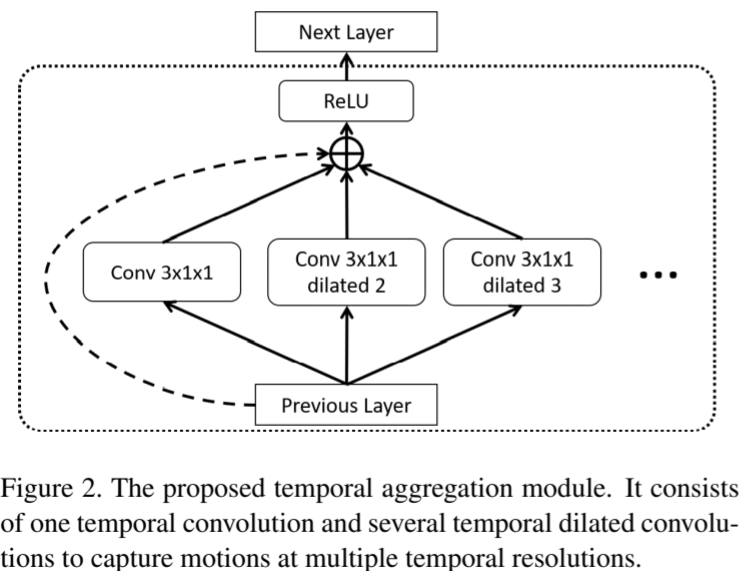
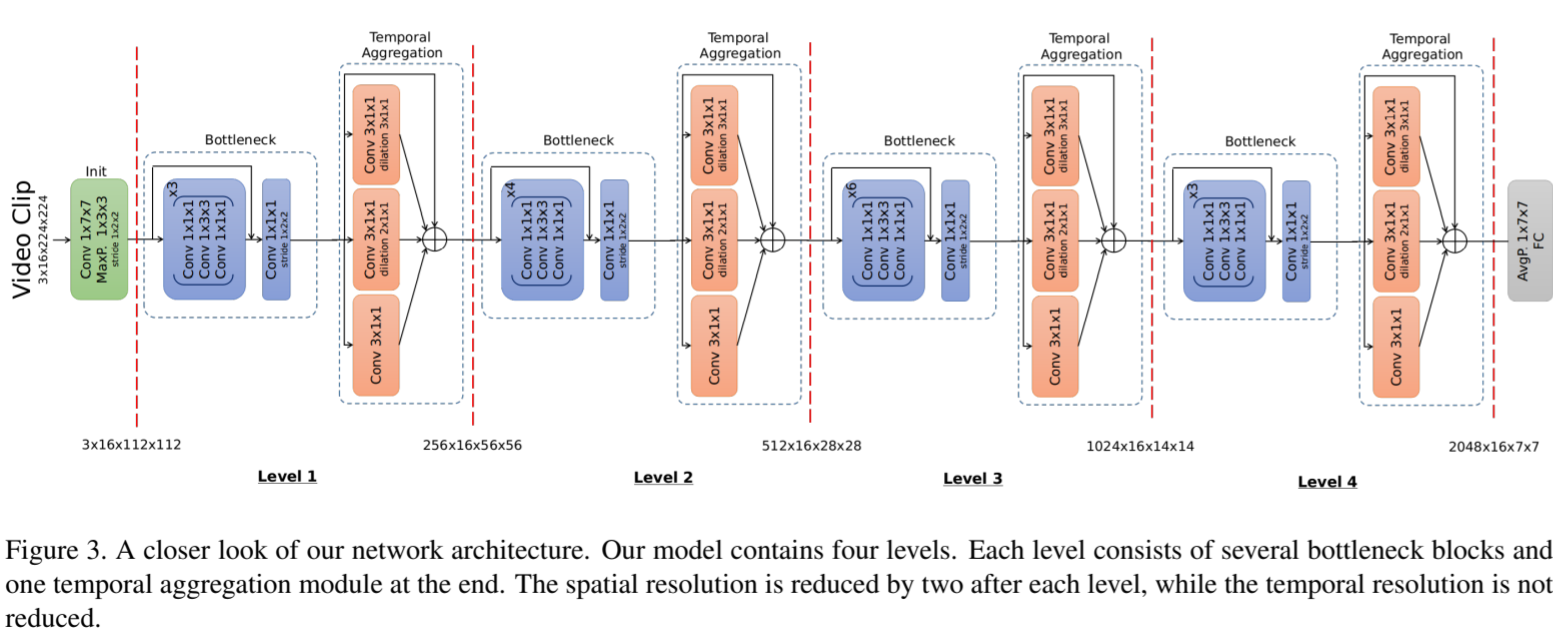
Experiment
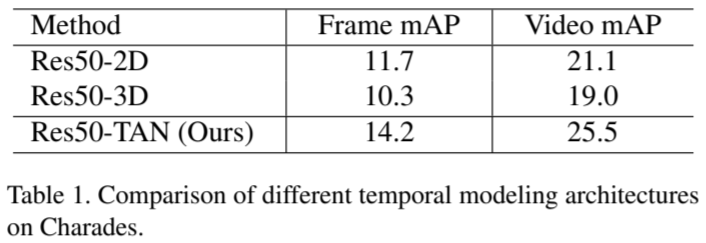




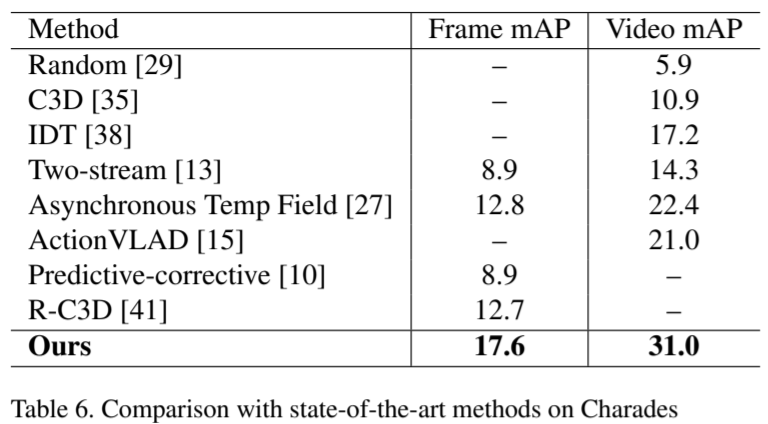
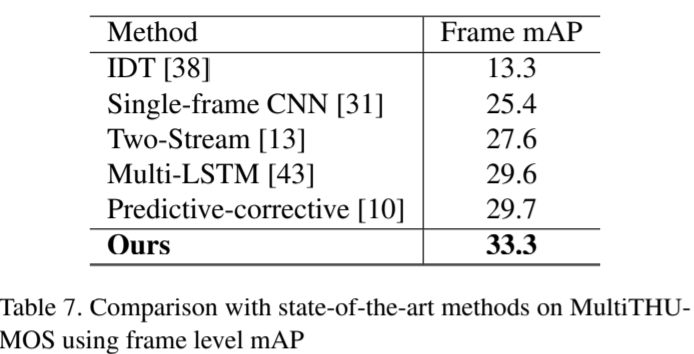
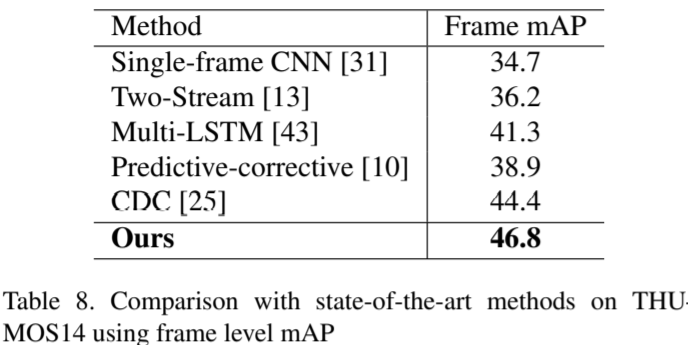
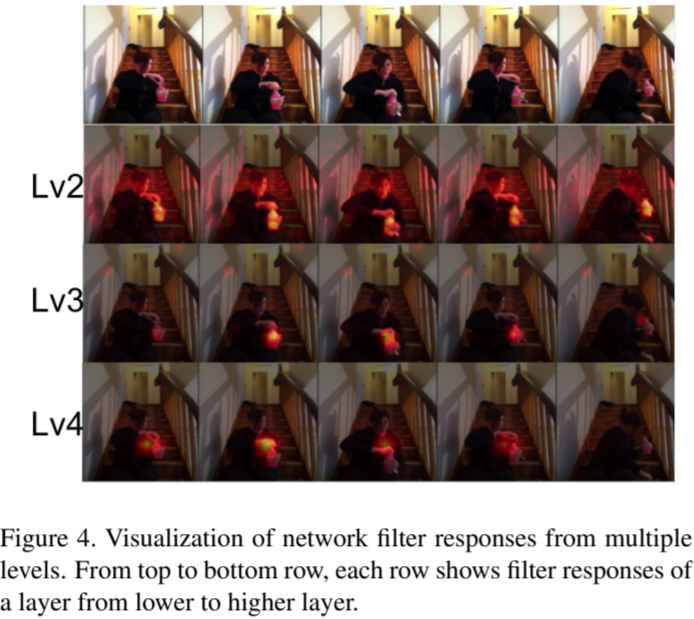
上一篇:HTTP 协议的前世今生
文章标题:TAN: Temporal Aggregation Network for Dense Multi-label Action Recognition
文章链接:http://soscw.com/essay/56640.html